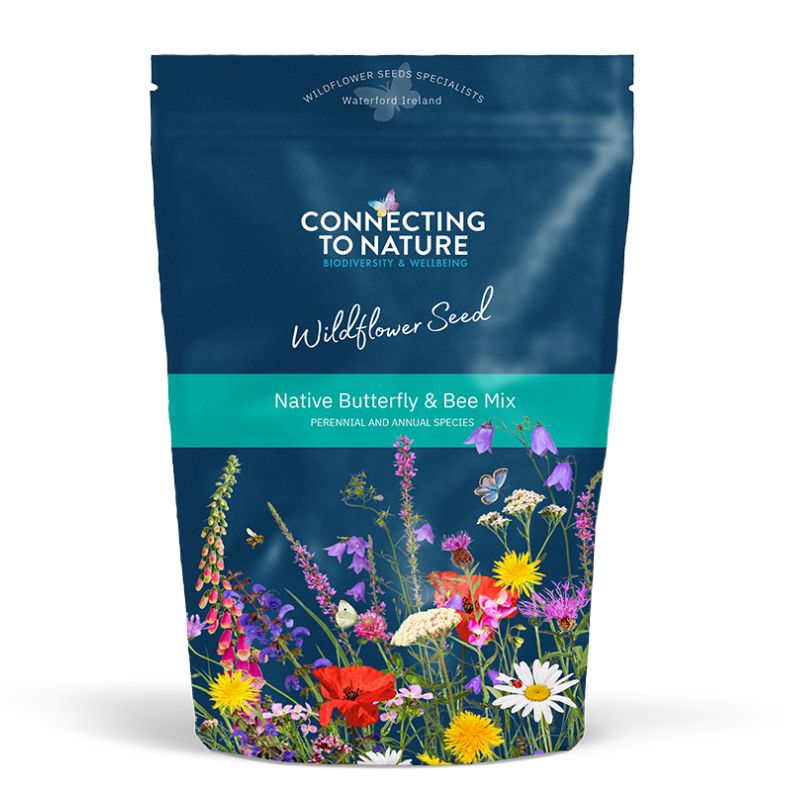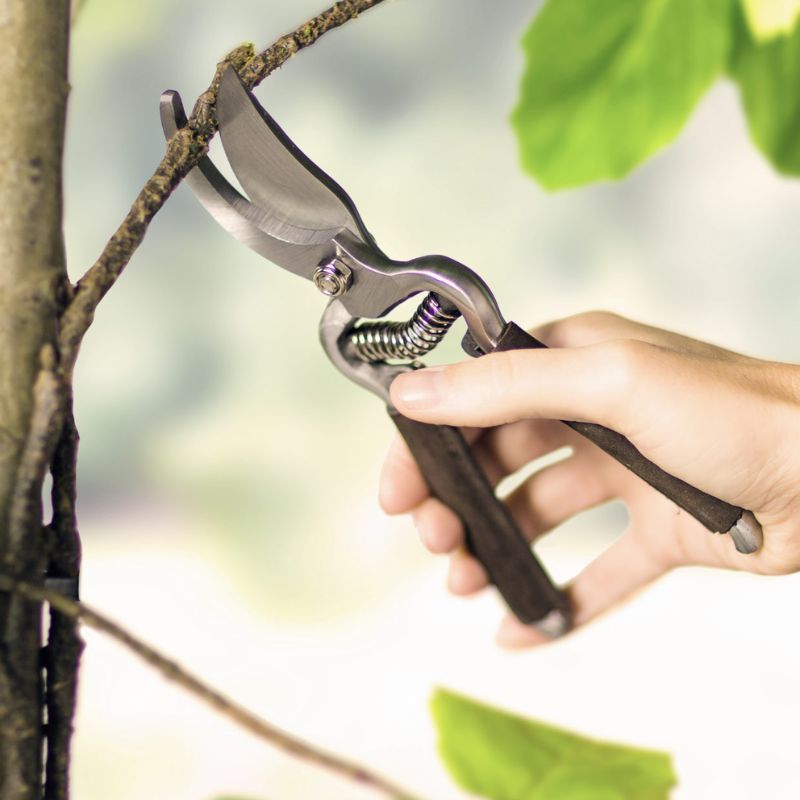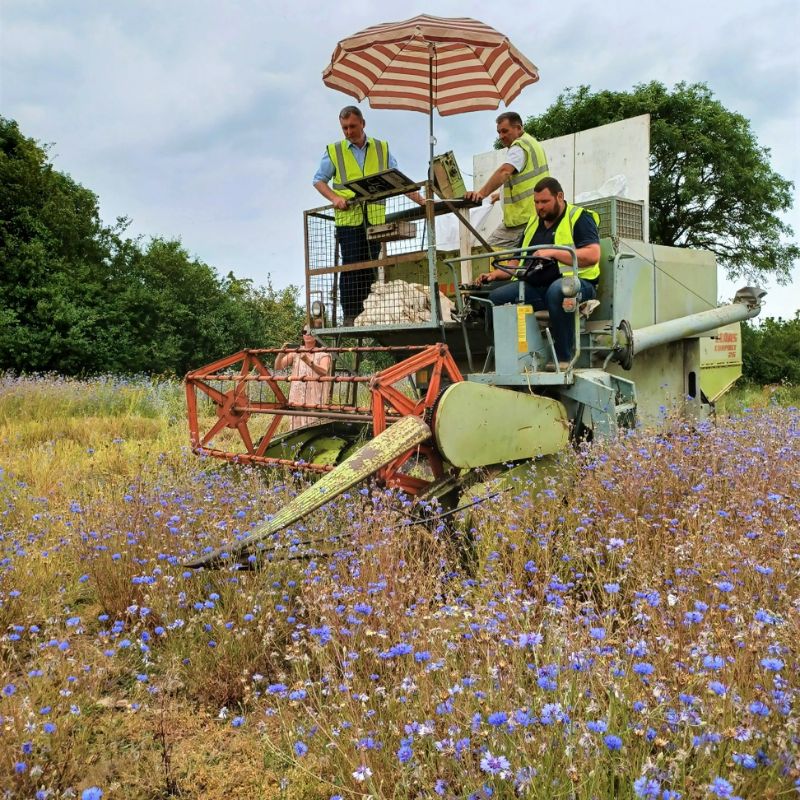Wildflowers for Acidic Soils
There are over 900 flowering plants, including trees and shrubs recorded in Ireland of which many are very rare, or possibly even extinct whereas others are common and familiar to us all. Loss of habitat and the intensification of farming methods are the biggest factors in the decline of our wildflowers, closely followed now, by climate change. So why is it that some species continue to flourish whilst others, which may on the face of it appear to be very similar, are spiralling into a terminal decline?
Although an over simplification; the main reason for these differences between flourishing populations and scarcity can be attributed to whether the wildflower is a generalist or a specialist.
A good example of this is in the Knapweed family. Black or Common Knapweed (Centaurea nigra) is definitely a generalist and will grow across a wide range of habitats and more importantly soil types. Fortunately, it is also very attractive to pollinating insects including butterflies and bees which is gives us another good reason to include it in virtually all of our wildflower seed mixtures.
On the other hand, Greater Knapweed (Centaurea scabiosa) only grows well in soils of a neutral to alkaline PH and really only thrives in alkaline soils; that is chalk or limestone soils. Superficially the plants are very similar in appearance, but the soil PH requirement of the latter is much more specific.
If you look at a soil map of Ireland you will see that although just about every soil type is present, acidic soils are prevalent. This is why we have designed a seed mixture specifically for acid soils which contains a selection of beautiful flowers that are not just pleasing to our eyes, but are also very attractive to bees, butterflies and other pollinating insects.
PH is the measure of a soil’s acidity or alkalinity. A soil with a PH of around 6 is neutral but a PH of 7 and above is alkaline, usually chalk or limestone. A PH of 5 is moderately acid and numbers lower than that will be increasingly higher in acidity. Very little will grow in soils with a PH of 3 or less, but fortunately soils of that acidity are rare in Ireland.
It is good to find out the PH of your soil before you select your wildflower mixture. A simple litmus type PH test can be purchased from most garden centres or online.
PH is not the only factor in mixture selection of course. Soil type in terms of whether it is heavy, loamy or perhaps light and sandy are all things to be taken into consideration. After PH though, the overriding consideration is how much sunlight the area receives. Shaded areas are, of course common in many gardens and very often shaded areas also have acidic soils. Coniferous trees such as pines, firs and spruces grow well in acidic soils and they can also have the effect of acidifying soils over a period of time.
If trees and shrubs are sparsely planted allowing a reasonable amount of sunlight, then the mixture for acid soils is probably the best choice, but if there is more shade, or the desired result is to recreate a woodland glade, then the Shaded Areas Mixture is probably a better option.













